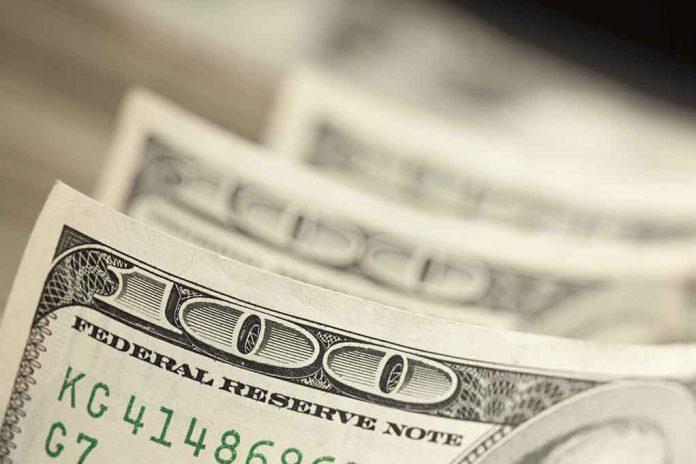
Let’s talk turkey: The Los Angeles Unified School District (LAUSD) is proposing a $9 billion school construction bond. Yes, you read that right, billion with a “B.” If passed, it’ll raise property taxes—just what every homeowner wants during a financial crunch, right? But before you scoff and move on, there are some critical points and valid reasons why this bond might be exactly what LAUSD needs. Let’s break down the facts you need to know.
Bond Approval and Its Impact
The LAUSD board has unanimously approved sending a $9 billion school construction bond to the November ballot. The measure needs at least 55% of voter approval to pass and would result in a property tax increase of approximately $25 per year for every $100,000 of assessed property value. Bottom line: if voters give the green light, your tax bill will inch upwards.
Aging School Infrastructure
Over 60% of LAUSD school buildings are over 50 years old, and let’s just say, they’re not aging as gracefully as a fine wine. The district estimates an $80 billion need for improvements in school facilities and technology. Clearly, even with this $9 billion bond, it’s just a dent in the colossal iceberg of needed updates.
Safety and Modernization Goals
If the bond is approved, the funds will go toward modernizations, technological upgrades, improved energy efficiency, seismic upgrades, and better accessibility for students with disabilities. As Superintendent Alberto Carvalho put it, “We have seen schools that are built as Taj Mahals, with the latest and greatest technology, with beautiful green spaces, with outdoor classrooms, with stunning athletic facilities. Then you drive down the road one mile, and you see a completely different world that I cannot explain, and frankly, I cannot accept.”
Financial Strain on Homeowners
Of course, there’s resistance. The Howard Jarvis Taxpayers Association is vocally opposing this bond, citing the financial strain it would place on homeowners. As Susan Shelley, vice president for communications at the Association, noted, “At a time when Los Angeles homeowners are struggling to pay the high cost of living, including skyrocketing utility bills, this bond would sharply increase property taxes.”
Proposition 2 and Timing Issues
It’s not just LAUSD asking for your vote and resulting tax dollars. Proposition 2, a state bond measure for $10 billion in school repairs and upgrades, is also on the November ballot. Some stakeholders have raised concerns about the rapid proposal and vote timeframe, believing the process lacked adequate consultation. As Michael Hamner, chair of LAUSD’s Bond Oversight Committee, captured succinctly, “The lack of adequate engagement or notice raises concerns.”
Conclusion
LAUSD’s $9 billion bond proposal is a complex issue with significant financial implications for homeowners but aims to address crucial safety, infrastructure, and tech upgrades in aging school facilities. With the vote rapidly approaching, it’s essential for taxpayers and voters to weigh the costs and benefits carefully. The stakes are high, but so are the potential benefits for LAUSD students and staff.
For those who want an in-depth look into the district’s initiatives and concerns, the following video provides more details:
Sources
- LAUSD poised to put $9-billion bond measure, its largest, before voters in November
- LAUSD board votes to add $9 billion school construction bond to November ballot
- LAUSD puts $9 billion in bonds on ballot that would update campuses and raise property taxes
- A surprise $9 billion LAUSD bond is heading to voters at the last minute
- LAUSD board approves $9 billion bond election
- LAUSD poised to put $9-billion bond measure, its largest, before voters in November
- LAUSD’s $9-billion bond measure to be on November ballot
- $10 billion school construction bond headed to Nov. 5 ballot: what’s in it?
- California Proposition 2, Public Education Facilities Bond Measure (2024)













